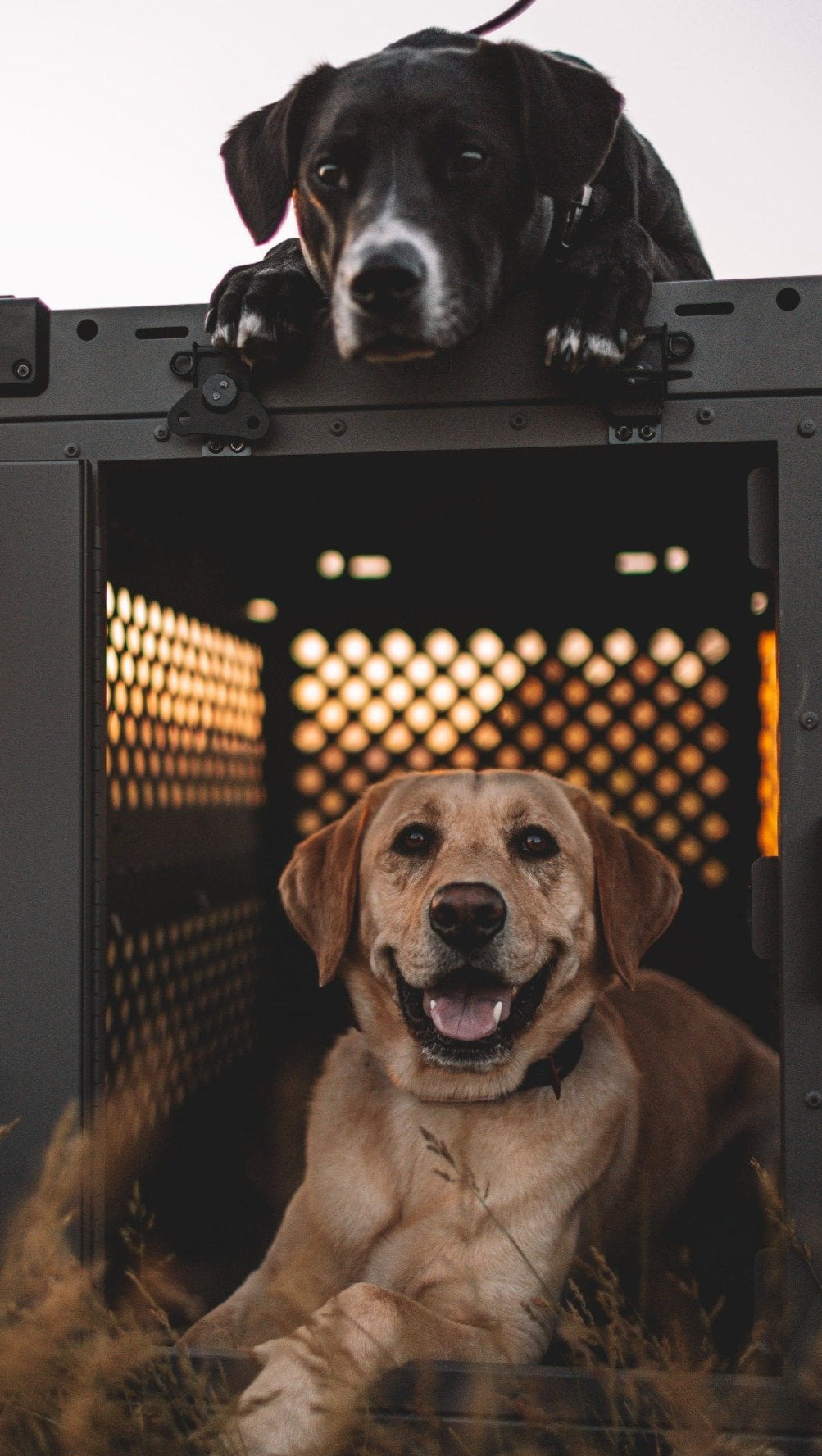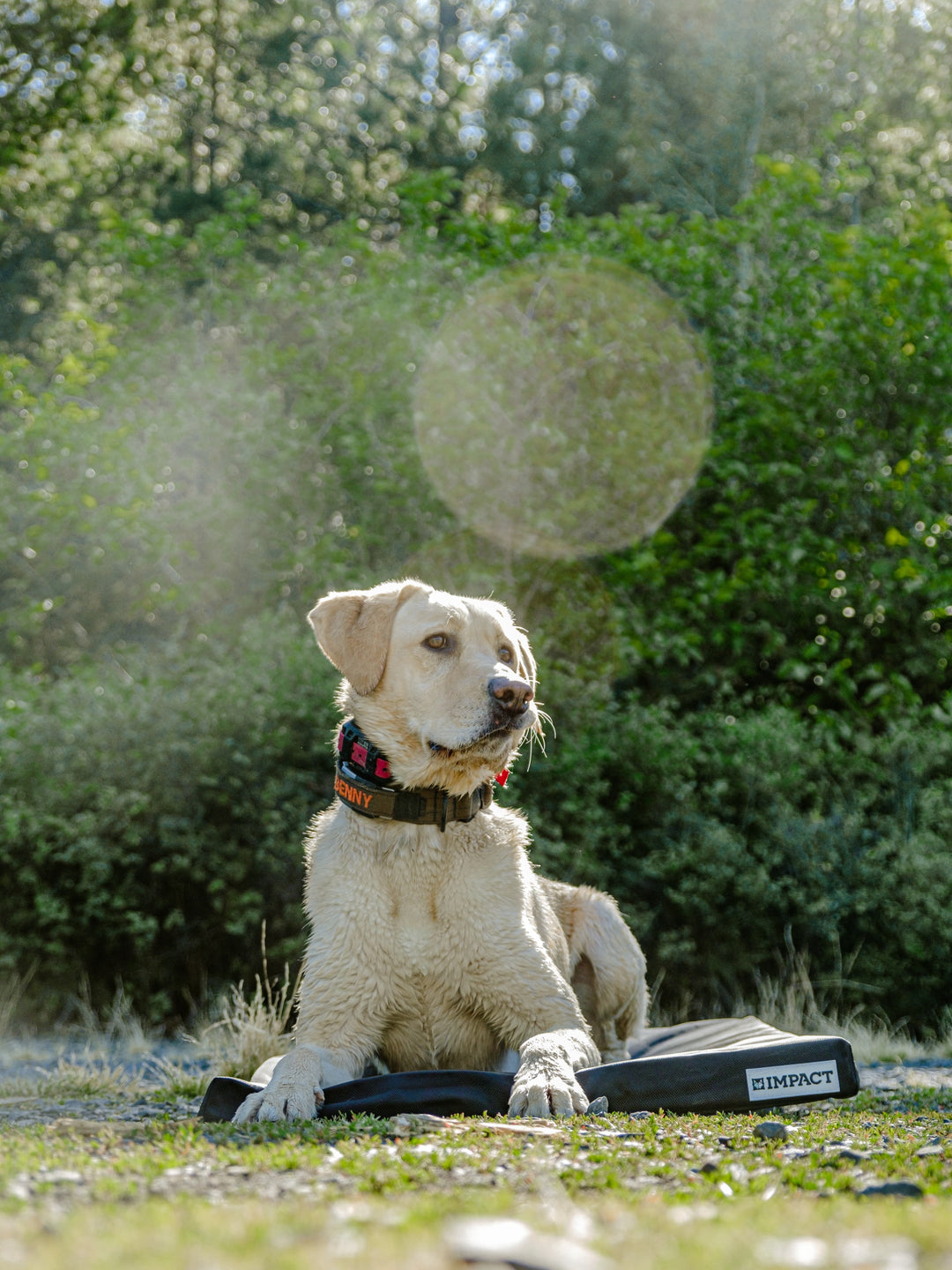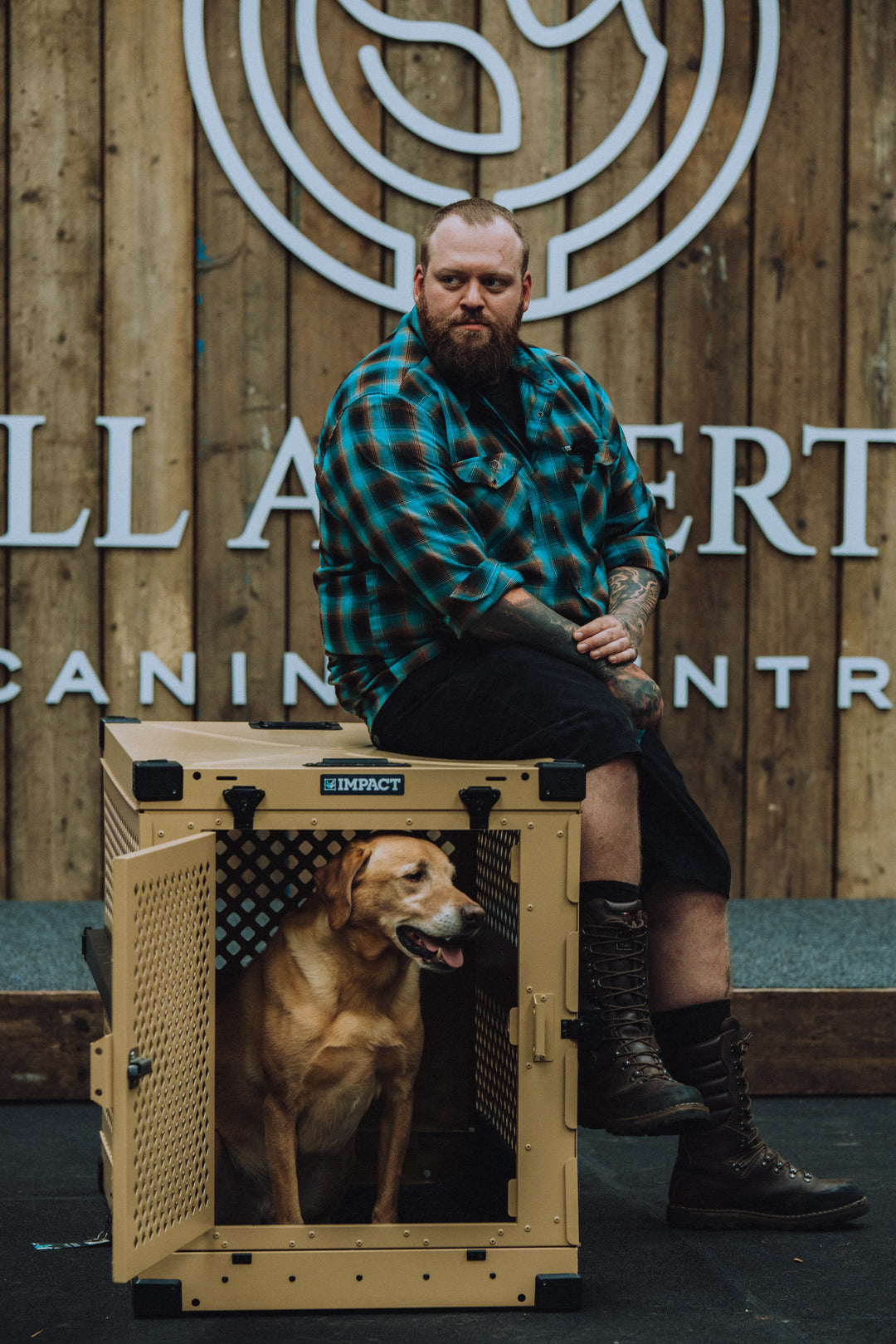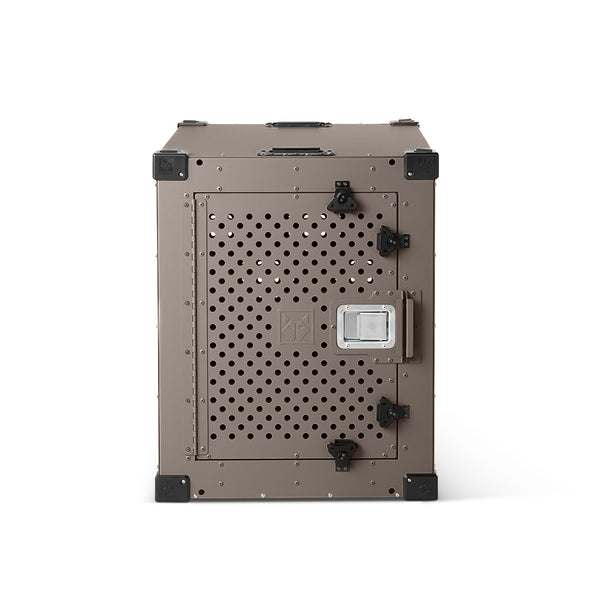Dogs are the most loyal companions; however, at times, they display strange behaviors such as placing their bottoms on the floor or constantly licking their rear ends. While you might laugh at their actions, it usually points to a common issue: anal gland issue that is frequently misunderstood.
These glands happen to be small, but are major scent-marking organs in dogs, which, when don’t work normally, lead to immense discomfort, distress, or worse. If you want to know more about these anal glands, read this blog as it will discuss the way anal glands work, common issues, and how the treatment is performed at the vet and home as well.
Dog Anal Glands: What Are They?
Anal glands of your dog are also called anal sacs. These are two in number and are small sacs located on the inside of either side of your dog’s anus. You can say one is at “4 o’clock” and the other is at “8 o’clock” positions, and the interesting thing is that they are useful in playing a role in communication and scent-marking and problematic part of the canine anatomy as well.
Appearance and Location
We are assuming you might be having questions regarding anal glands appearance and location. Hence, let us tell you that they are basically a small pouch lined with oil-producing (sebaceous) and sweat-producing glands (apocrine). They connect to the outside via a small vent that has it’s opening just inside your dog’s anus. The muscles around the anus, specifically the external anal sphincter, are bestowed the duty of expressing the contents of these glands.
Anal Gland Fluid
The anal glands produce a fluid that is strong, oily, brownish, and at times thick in nature, the consistence can range from being pasty to watery. The often unpleasant and distinctive smell is the key for the dog parent to recognise that the liquid is coming from the anal gland. The fascinating part is that it’s different in every dog, just like a human fingerprint.
Function
Anal glands biggest mission is to mark scent. When your or any dog defecates, the pressure of the stool passing through the anus stimulates the lands to release a small amount of this fluid onto the feces, leaving a unique scent or you can say in dog language a “calling card” for other canines to detect. This is the main reason why dogs sniff each other’s hindquarters and examine the stool, too.
Furthermore, the secretions of anal glands communicate the following to other dogs such as
Identity - Who is this particular dog?
Sex - The stench tells whether the dog is male or female.
Status of Reproduction - If the female is in her heat days.
Emotional State - When your dog is pretty excited or fearful, that also results in involuntary anal gland secretion, which other dogs can understand.
Normal Expression
When your dog is healthy, their anal glands express naturally and defecate regularly. The pressure of the released stool is more than enough to empty the sacs inside. Your dog may also express when you share exciting or stressful news with them, compelling them to produce a strong, sudden, and at times an oily stain.
Some Common Anal Glands Problems
These parts of the canine body are also a frequent source of uneasiness and require you to take your pet to the vet, who has been watching them since day one. The small sacs tend to develop several issues, varying from mild irritation to severe pain and infection. If you want to prove yourself as a dedicated dog parent, you must understand the issues to immediately show your dog to the vet:
Anal Gland Impaction
Every dog anal gland related will tell you about impaction that by far it is the most common issue. How does the impaction occur? It does so when the fluid inside the sacs thickens or the ducts that connect these glands to the outside are blocked. Normally, the pressure of the stool’s movement does the honours of emptying the glands, but when the fluid changes its texture in becoming too pasty, they fail to empty completely, resulting in the build-up of the fluid.
Causes
Soft Stools - The firm stools may fail to provide sufficient pressure on the glands to express in a natural way.
Obesity - Excess fat can change the entire anatomy of your dog, making natural expressions even more challenging.
Inflammation/Allergies - Severe skin allergies or swelling can cause swelling around your dog’s anal area, narrowing the passage of the ducts.
Genetic Exposure - Some breeds, particularly the smaller ones, have a genetic exposure to this impaction as compared to other canines. If your dog is in this category, then this might be the reason.
Symptoms
Scooting - They will be dragging their butt along the ground.
Licking - You feel notice them licking or biting their anal area for some comfort.
Straining to Pass Stool - Your dog will feel uneasy during bowel movements.
Fishy Smell - A strong, foul smell will come from your dog.
Pain - They will be hesitant to sit comfortably as their anal glands cause the pain.
Infected Anal Glands
Leaving the anal glands unaddressed can spread the infection. Bacteria, which are naturally present in that region, can enter the fluid building up in the impacted sacs, leading to an overgrowth of swelling.
Symptoms
Enhanced Pain - Your dog will show signs that they are in pain and utter discomfort.
Redness - The infection may turn the anal area red and swollen.
Feel Warm - The impacted area might feel warm to you, and your dog may resist your touch as well.
Pus or Blood - Even if they are not defecating, you might observe a discharge of pus and blood from that anal gland opening or area which is ruptured.
Lethargy - Your dog might not stay as active as they were, won’t feel like eating their favourite meals, and develop a fever too.
Abscess In The Anal Glands
Abscess in the anal glands is a big red flag as it means that the infection was left unreated that it turned into this. Abscess forms when bacteria keep on multiplying, and the swelling worsens within the or opposite the anal glands of your dog. Yes, it can get extremely painful for the poor fellow.
Symptoms
Severe Pain - Your dog will be in extreme pain, and will cry or refuse to be touched near the hindquarters.
Large Swelling - The unaddressed infection will transform into a large swelling or lump right next to your dog’s anus.
Redness - The abscess will cause extreme redness and heat in the area.
Rupture - It may rupture, resulting in a foul-smelling release of pus and blood from wound near the anus. This does offer temporary comfort to your dog from pressure, but at the same time, it creates an open wound that requires instant veterinary attention.
Systemic Signs - Your dog will feel very tired, may develop fever, lack of hunger, and general malaise.
Tumors
Tumours are less common than infection or impaction, but require serious attention. These are malignant tumours that originate from the lining of cells in the anal sacs, they can grow quite large and may spread to other parts of your dog’s body.
Symptoms
Lump - You might observe a firm mass near their anus. Unlike an abscess, a tumour might not be hot or painful in the starting days, unless it becomes very large.
Straining to Defecate - The tumour can block the rectum, making stool movement possibly difficult.
Changes in Stool - Stool shape might also change. Instead of the usual form, they may appear ribbon-like or flattened.
Increased Thirst - Some anal gland tumours produce a substance that closely resembles parathyroid hormone, resulting in higher calcium levels in the blood, making them feel more thirsty and increased urination.
Weight Loss - Losing weight is one of the general signs as the tumour becomes bigger.
Therefore, it is highly recommended to go for regular veterinary tests, including digital rectal examinations for early detection of anal gland issues, espcially in older dogs or those with a history of recurrent issues.
Which Breeds Are Prone To Anal Glands Issue?
Some breeds are already moe vulnerable to developing anal gland issues such as infection, impaction, and abscesses. According to the Royal Veterinary College, the breeds that are at the greatest risk are Cavalier, Cockapoo, King Charles spaniel, and Cockapoo, whereas the breeds at reduced risk include larger dog breeds, such as Boxer, German Shepherd Dog, and Lurcher. And others are as follows:
-
Chihuahuas
-
Dachshunds
-
Basset Hounds
-
Poodles
-
Cocker Spaniels
-
Bulldogs
-
Shih Tzus
How To Diagnose Anal Gland Problems?
Diagnosis of anal gland issues in dogs typically consists of a combination of your observation and a thorough veterinary examination:
At Home
As a responsible dog owner, you are the first one to notice signs of your dog undergoing anal discomfort. You identify through their scooting, uneasiness, lack of hunger, leaving foul smell, and excessive licking and biting around their anal area that anal glands are bothering them. Making you schedule an appointment with your vet.
Vet’s Diagnosis
To confirm your suspects whether your dog’s anal glands are causing the trouble, a visit to the vet will become more crucial to diagnose an appropriate treatment plan. The vet will do the following to give clear results:
History
The vet will ask you questions related to your dog’s signs like when they started scooting, the number of times a day they do, what you feed to your pup, do they have any allergies, and previous anal gland problems.
Physical Examination
A physical examination will be done to assess the dog’s entire health. The particular focus will then shift to the anal region.
Digital Rectal Examination
Your vet will wear properly lubricated gloves to gently insert their finger into your dog’s rectum. This lets them:
Palpate the Glands - They will feel the glands to check the size, consistency, and how full the glands are.
Analyse For Impaction - If the glands are firm, non-expressible, and distended, they are probably impacted.
Examine The Pain - Your vet will feel their glands to see whether it hurts your dog or not.
Identify Infection - This insertion of the finger will allow your vet to identify any sort of infection and abscess, as well as if it has ruptured, a wound will be evident too.
Feel Abnormal Tumours - The examination also opens the ground for ruling out the risk of tumours.
How Is Professional Treatment Performed?
The professional treatment is performed depending on the severity of the anal gland problem in the following ways:
Manually
Manual strategy is the most common one in case of routine anal gland impaction:
How It's Done?
A trained groomer wears gloves that are lubricated and gently squeezes your dog’s anal glands to empty their contents. This can be done both internally and externally, but the former is given more preference.
Purpose
To offer relief from the pressure caused by the impaction and prevent further infections.
Frequency
For a few dogs, regular manual expression may be important every 4-6 weeks to prevent such episodes. This is usually the case for breeds born with these issues.
Glands Are Flushed
If your dog is diagnosed with severe impaction, where the fluid becomes so thick that it blocks the ducts, manual technique is not enough; hence, the glands are flushed:
Method
Your dog is kept under the influence of sedation or anesthesia, when a small catheter is inserted into the duct of the anal gland. This helps in flushing the part with a sterile saline solution to break down and remove the thick dried material.
Application of Medicines
Once flushing is done, your vet might apply or instil medicines directly into the glands to reduce swelling and address infections.
When It’s Used?
Vets suggest using this approach when the case is difficult or the impacted glands are difficult to express manually.
Medicines
When infection or swelling is present, medicines play an important role in treating the anal glands:
Antibiotics
If your dog’s anal gland is infected, you will be prescribed with antibiotics. These can be in the form of oral, topical, or instilled directly into the gland after the flushing technique. Furthermore, you have to complete the course for the infection to clear.
Anti-inflammatories
Non-steroidal anti-inflammatory drugs might be recommmended to decrease their pain and inflammation around the anal area.
Pain Relief
Your vet might add some specific pain relievers as well, so your dog doesn't have to go through the same trauma again.
Managing Abscess
Abscess is a grave matter of concern that demands quick veterinary attention:
Draining the Abscess
If the abscess doesn’t rupture, your vet will drain it. This includes lancing, meaning making a cut for the pus to release and is done under sedation.
Cleaning
With the help of an antiseptic solution, your vet will drain the cavity to remove the debris and bacteria.
Antibiotics
Oral versions are necessary to treat the infection, hence, medications to address the pain will be provided for your dog’s comfort.
Warm Compresses
Yo may be told to apply warm compress to the anal area to drain the abscess and promote healing.
Surgery
Your vet might recommend surgery if the issue is pretty chronic and severe, and also if it doesn’t improve with other procedures:
When It’s Required?
Surgery is viewed as the last option for experiencing on and off impactions and abscesses, or confirmed tumours in that portion.
Method
The surgery is delicate due to the nearness of the anal sphinchter muscles, controlling continence.
Dangers
Possible complications include infection, rare faecal incontinence in case sphincter muscles are damaged during surgery, and bleeding.
Benefits
The surgery provides a permanent solution for chronic anal gland problems, boosting your dog’s life.
How To Express At Home?
You can help your dog express at home as well, but under your vet’s guidance. Kindly don’t do anything on your own, as that could lead to possible injuries:
Supplies
-
Gloves that can be disposed of
-
Lubricant like petroleum jelly
-
Gauze or paper towels
-
A dog-friendly cleanser
-
Another person to hold the dog
Step-by-Step Guidance
Prepare
Wear those disposable gloves and place your dog on a towel to remain still. Then lift the tail gently, but hold it.
Locate the Glands
Insert your fingers and locate glands, that will be just under the skin around the anus.
External Expression
Now, place a paper towel over your dog’s anus. Use your thumb or forefinger to apply upward pressure on each side. A fluid of brown, yellow, or grey colour with a strong smell should be released.
Clean Up
Once the deed is done, clean up the area. Use a pet-safe antiseptic wipe or warm water to remove the debris.
Reward Your Dog
If your dog was calm and composed throughout this time, then they deserve to be appreciated. Hence, reward them with their favourite treat or clap for them in front of everyone, so they behave in the same way in the future as well.
Conclusion
Dog anal glands help in passng stool, but can be troublesome at times as well. Therefore, instead of delaying the infections or tumour growth, rush them to the vet or else you might regret.













